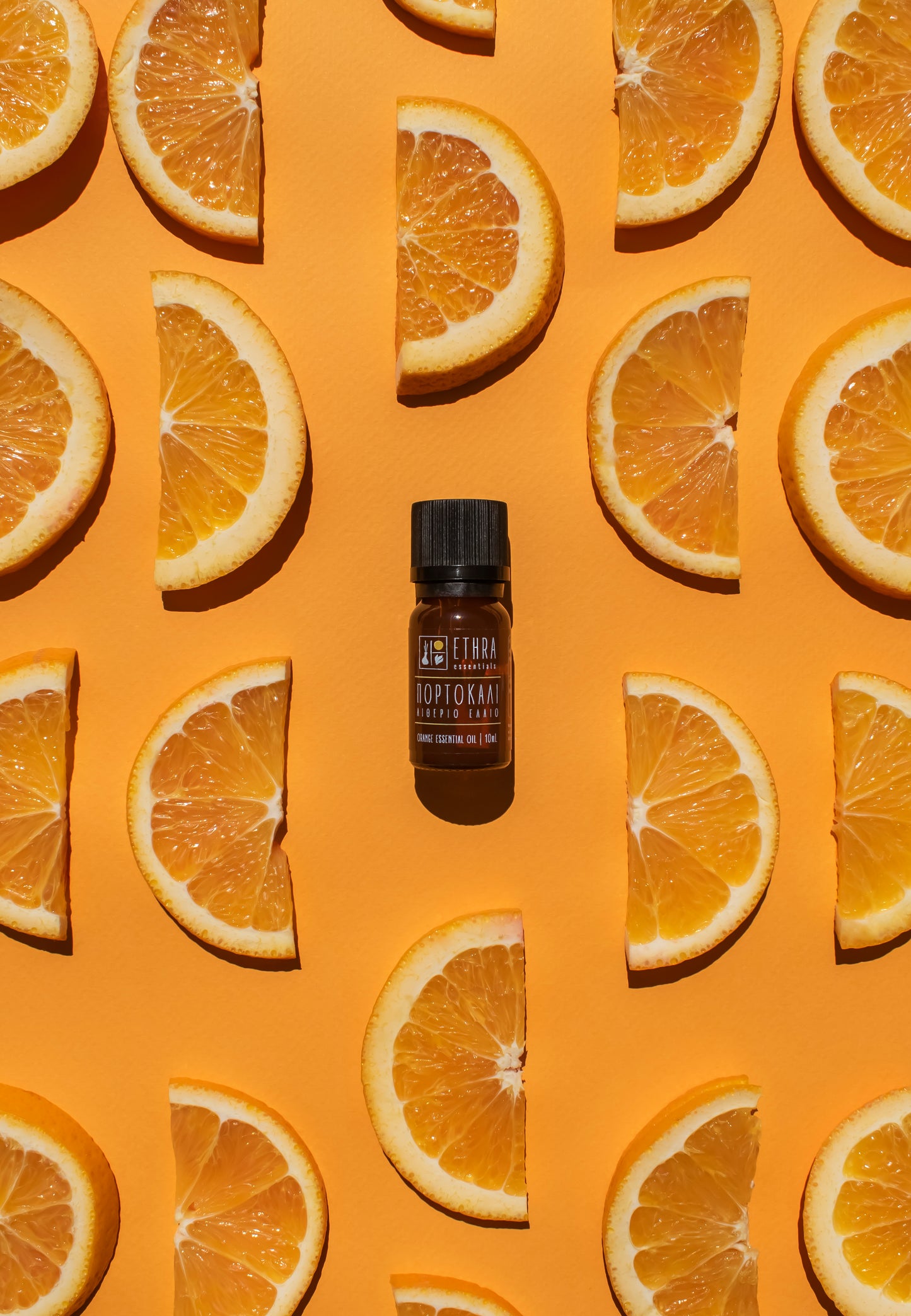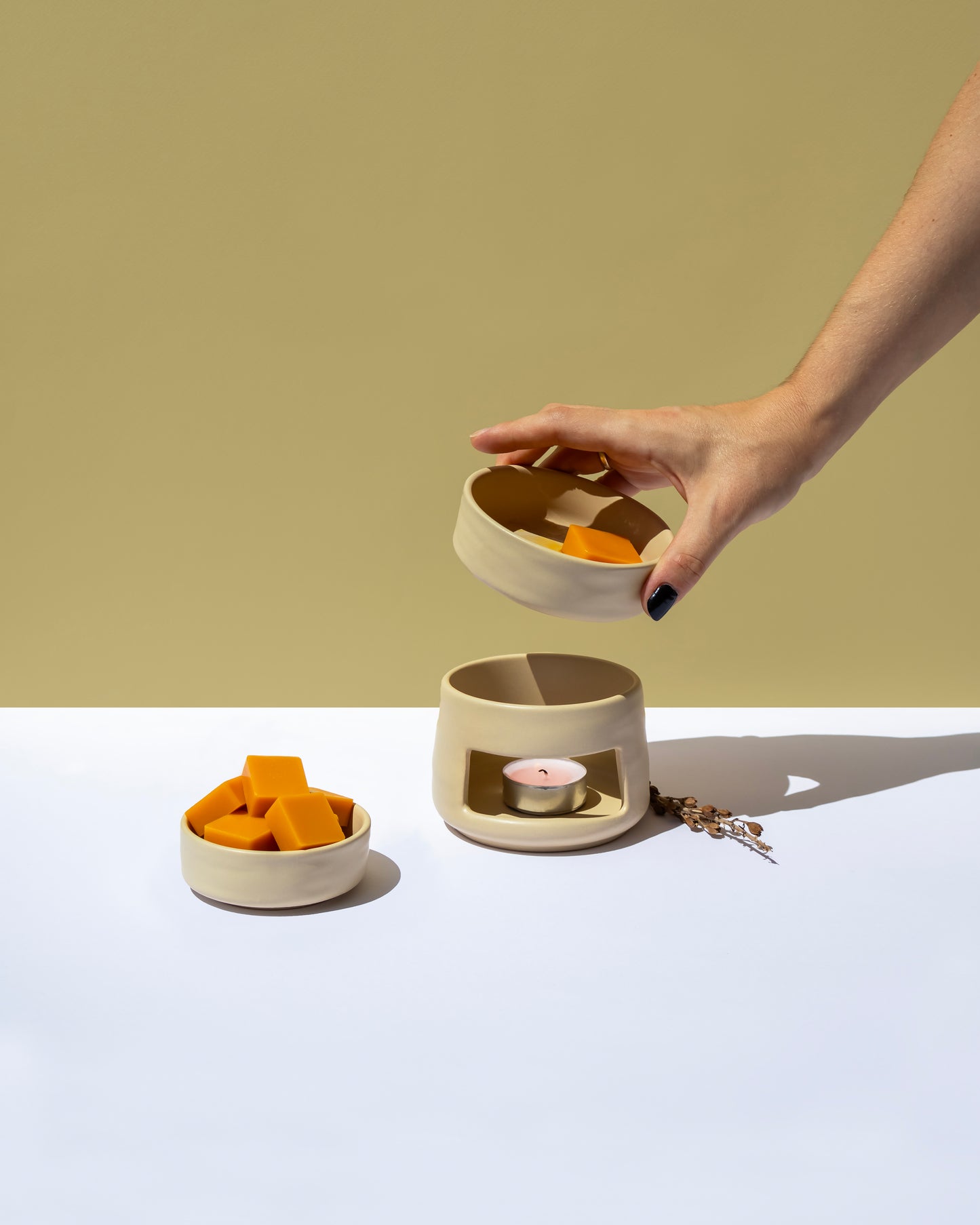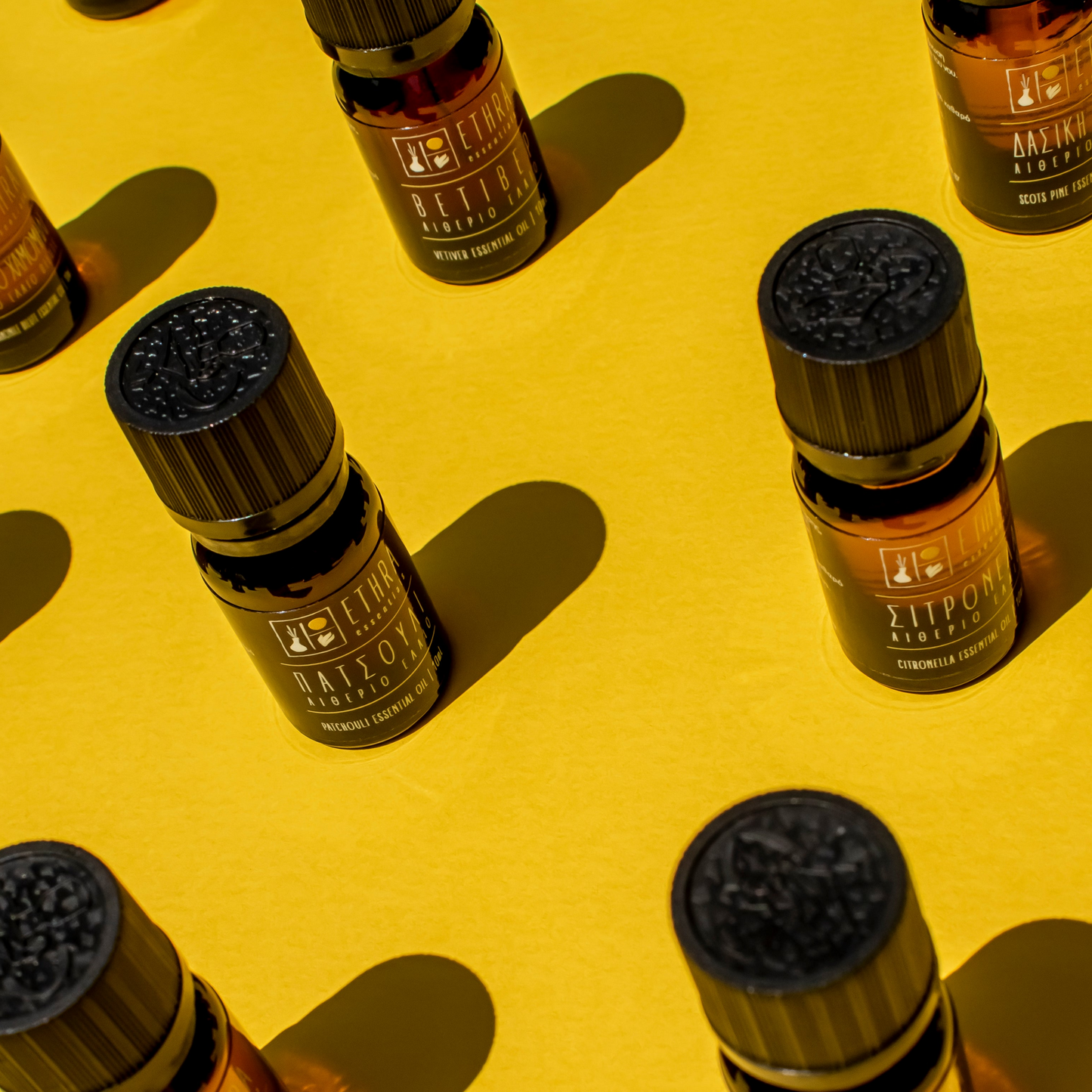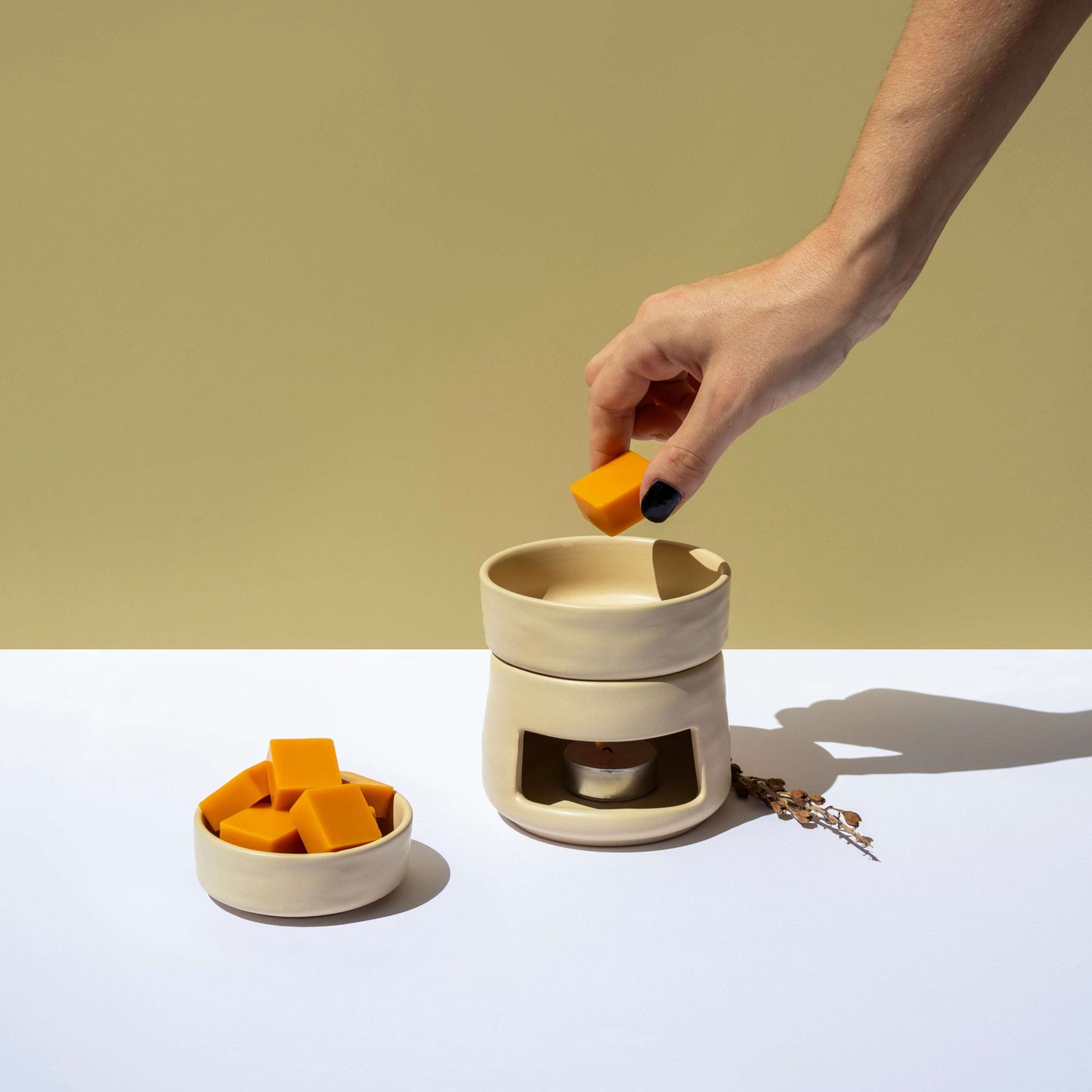Find them at a -15% discount with the purchase of 5 essential oils or more!

Aromatic Oils or Essential Oils | Where do they differ?
In modern day life, the search for natural methods to improve well-being has led to the increased popularity of essential oils, fragrance oils, candles, reed diffusers and more. Many people inadvertently get confused and confuse essential oils with fragrance oils. But in reality it is about two completely different products, each of which has its own use. First, to understand their differences, we need to explore what each one is.

What are fragrance oils?
Fragrance oils are produced in the laboratory to mimic natural smells. There are synthetic fragrance oils and natural fragrance oils. Synthetics are made from chemical ingredients that do not exist in nature and usually have a longer lasting fragrance. Some synthetic oils can be made with up to 80 different chemical ingredients. Natural fragrance oils on the other hand, are produced by isolating natural fragrance ingredients from a complex fragrance. For example, limonene from lemons, vanillin from vanilla beans, geraniol from roses. They are a safer and more suitable option for people who suffer from allergies.
What are essential oils?
Essential oils are the liquid aromatic substances extracted from many different parts of aromatic plants, including seeds, roots, flowers, leaves, citrus peels, wood, needles, and resin. The different ways we use essential oils, such as applying them to our skin and also just by smelling them, are called 'Aromatherapy'.
Think of the plants you know like mint, basil, rose, lavender and rosemary. They are very aromatic plants. To capture their aroma and use it to benefit our mental health and well-being, we extract the aroma using a process called steam distillation. Extracting the 'invisible' fragrance and turning it into a 'visible' liquid extract - called an essential oil.
These liquid extracts are highly concentrated. In fact, it can take over 45 kg of plant material to yield just 100 to 200 mL of essential oil! So this tells us that essential oils are highly concentrated and should be used with care, i.e. with proper dilution and sparingly (a little goes a long way). A high quality pure essential oil consists only of the unique and special molecules produced during the distillation process. Nothing has been added or removed. Therefore, the resulting essential oil is 100% pure and authentic.

Main Difference
Fragrance oils are synthetic, while essential oils are natural.
Origin
Fragrance oils are derived from parts of aromatic plants and synthetic elements/only synthetic elements, while essential oils are derived from parts of aromatic plants (eg citrus fruit peels).
Use
Fragrance oils are used in candles, room sprays, perfumes, lotions, candles, reed diffusers. You will rarely find reed diffusers with essential oils, while alcohol is often used to increase the intensity of the aroma. Essential oils are used in aromatherapy, i.e. in air fresheners, oil burners, diffusers, creams, lotions and soaps.

Lifetime
Aromatic oils have a short shelf life (6-12 months), while essential oils have a long shelf life (2-15 years), as long as they are stored in caramel bottles that protect the contents from the sun, and kept in a cool and shady place.
Advantages
Fragrance oils have smells that do not exist in nature, such as "baby powder", "ocean breeze", "marshmallows", "milkshake" and have a huge variety. Essential oils have healing properties when inhaled and help to relieve stress and tension (e.g. lavender, chamomile, etc.) or promote feelings of optimism and positivity (e.g. citrus).
Disadvantages
Fragrance oils have no medical benefits, they are purely for air freshening. Essential oils can cause some sensitivity, just like any natural product.
Cost
Fragrance oils are generally cheaper than essential oils as they are produced in the laboratory from chemical compounds. Essential oils are more expensive because they require large quantities of raw material (eg rose flowers, pine needles, tangerine peels) and skill in the delicate distillation process to produce a small amount of essential oil.








